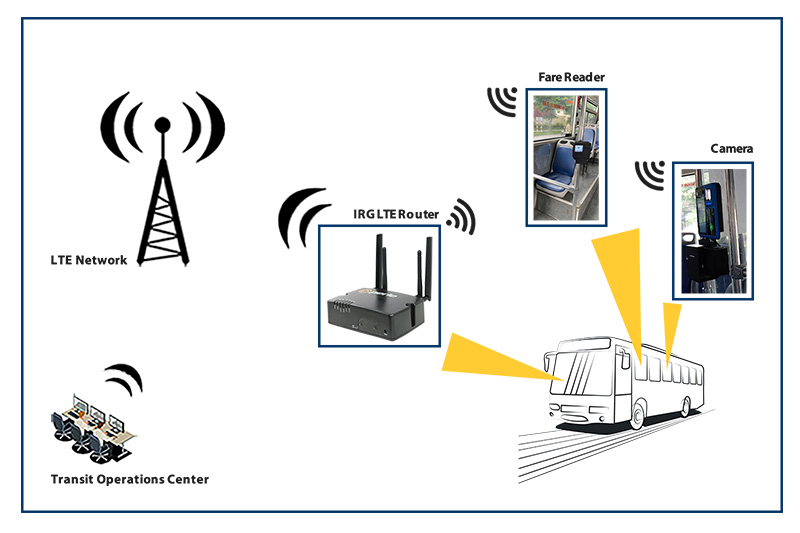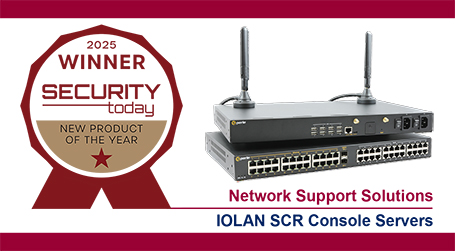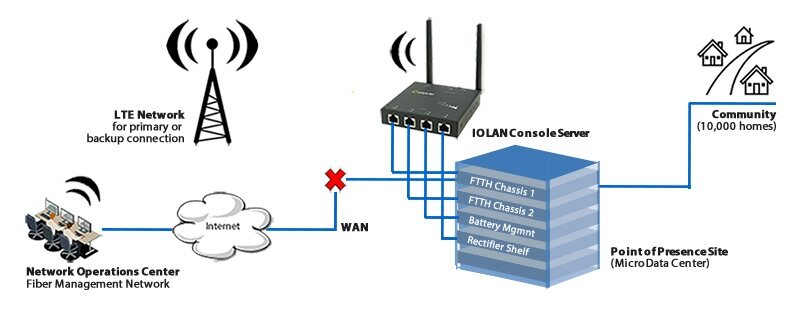
Healthcare companies increasingly dependent on advanced infrastructure
By Donna DonnawitzAugust 24, 2012
With electronic health records playing a more important role in operations and more clinical equipment being shipped with IP connectivity options, the need for advanced network and data center systems is growing in healthcare.
A recent Cabling Installation & Maintenance report explained that the growing awareness of the need for better IT systems in healthcare was formally recognized by the Telecommunications Industry Association roughly two years ago, when it released the TIA-1179 Healthcare Facility Telecommunications Infrastructure Standard. Since then, the industry has taken major strides toward improving the cabling and system architectures in hospitals, physician offices and clinics.
Citing a report from CommScope, the news source explained that the most valuable aspect of the TIA-1179 standard is that it defines work areas based on precisely what goes on in different parts of a facility. This makes it much easier to equip a facility with the data center and cabling systems needed to support ongoing operations because it recognizes that healthcare organizations do not need to use the same infrastructure in every part of the facility, but instead have to match technology to functionality.
To illustrate this, the report noted that the networking requirements in a waiting room, where Wi-Fi and a few wired Ethernet points are a luxury and receptionists will need a basic Ethernet connections, are quite different from that of other parts of the hospital. In the patient's room for example, some network services may be needed to allow patients to access the web if they are able, but the infrastructure has to be focused on the specific medical devices in the unit. Nurse's stations on the other hand, have a completely separate set of needs, as data distribution and communications systems are so important in such settings.
In hospitals and similar facilities that are often fairly large, using copper network components as the exclusive technology can be problematic because of copper's limited range. As a result, a fiber-optic cable installation that connects with copper infrastructure at specific points through media conversion can be key to maintaining connectivity. Furthermore, hospitals that have data-rich applications and services running on physicians' computing devices or medical equipment may need optical links to ensure performance standards are met, especially in emergency care and other areas where high-performance connections are key.
Perle has an extensive range of Managed and Unmanaged Fiber Media Converters to extended copper-based Ethernet equipment over a fiber optic link, multimode to multimode and multimode to single mode fiber up to 160km.



